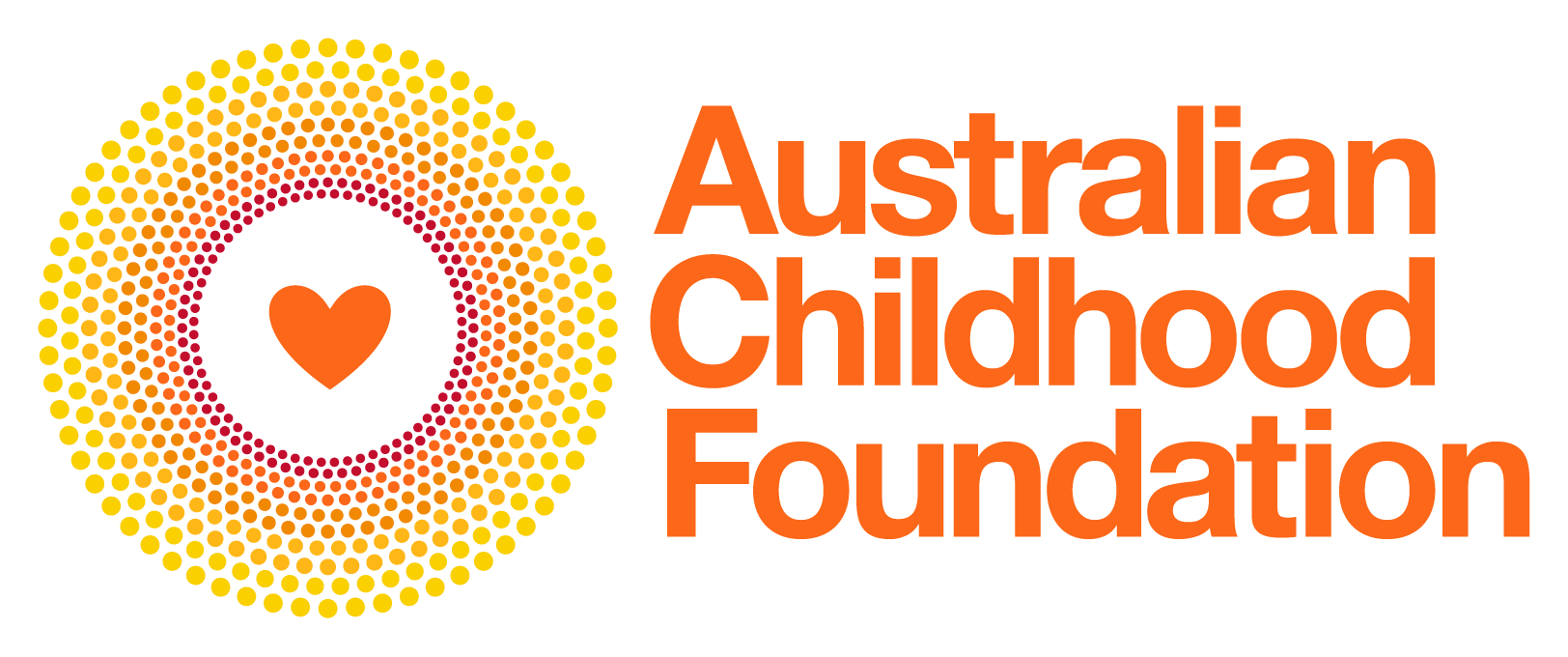
Promoting the safety and wellbeing of LGBTQIA+ children and young people
Studies show a lack of safe and nurturing environments
Child-focused organisations have a duty to demonstrate their commitment to the safety and wellbeing of LGBTQIA+ children and young people—especially in light of what we know about the impacts of stigma and discrimination on mental health.
The Productivity Commission’s Inquiry Report into Mental Health highlights poorer mental health outcomes for LGBTQIA+ communities due to “stigma, discrimination, social exclusion, homophobia, transphobia, stereotyping, ostracising, and harassment.”¹
According to Australia’s LGBTI Health Alliance:
- LGBTI² young people aged 16–27 are five times more likely to attempt suicide
- Transgender adults are nearly 11 times more likely
- People with an intersex variation aged 16+ are nearly six times more likely³
These statistics are staggering. Poorer mental health outcomes are not about identity—they reflect the harm caused by exclusion, stigma, and violence. Without affirmation, these experiences can be internalised, affecting self-worth and wellbeing.
Child-focused organisations must take action
This data underscores the responsibility organisations have in creating safe, inclusive environments.
Principle 4 of the National Principles for Child Safe Organisations states that equity must be upheld, and diverse needs respected. Equity must be embedded in both policy and practice—anything less compromises safety for all children and young people, and discourages people from speaking up about concerns or abuse.
Steps to create safer environments for LGBTQIA+ children and young people
It’s not enough to say everyone is welcome. Leaders must now take proactive, tangible steps to show commitment to inclusion and safety.
Here are key actions:
- State your commitment.
Make it clear in policy and practice that your organisation supports the emotional, psychological, and physical safety of LGBTQIA+ children and their families—and communicate this clearly and proudly.
- Tackle bullying.
61% of same-gender attracted young people have experienced verbal abuse, and 18% physical abuse—mostly in schools.⁴ Adults must lead cultures where bullying is not tolerated and is actively challenged.
- Go beyond acceptance.
The Riddle Scale⁵ reminds us that acceptance isn’t enough. True inclusion celebrates diversity and nurtures identity.
- Provide affirming supports.
Build referral pathways, train staff in LGBTQIA+ affirmative practice, and support peer-led groups and activities.
Regularly measuring and reporting on inclusion ensures accountability and helps avoid tokenism.
Learn more about Safeguarding Children Services
Safeguarding Children Services is a comprehensive framework supporting organisations to create and maintain safe environments. With tools, training, and accreditation, you can strengthen policies, build staff awareness, and embed best practices.
¹ Productivity Commission (2020). Inquiry report: Mental health, vol. 2, p. 93
² The LGBTI Health Alliance uses the term LGBTI in reporting. The Australian Childhood Foundation uses LGBTQIA+ in its work.
³ LGBTI Health Alliance (Feb 2020). Snapshot of mental health and suicide prevention statistics for LGBTI people
⁴ Hillier et al. (2010). Writing themselves in 3: The third national study on the sexual health and wellbeing of same-sex attracted and gender-questioning young people
⁵ Riddle, D. (1994). The Riddle Scale of Homophobia
